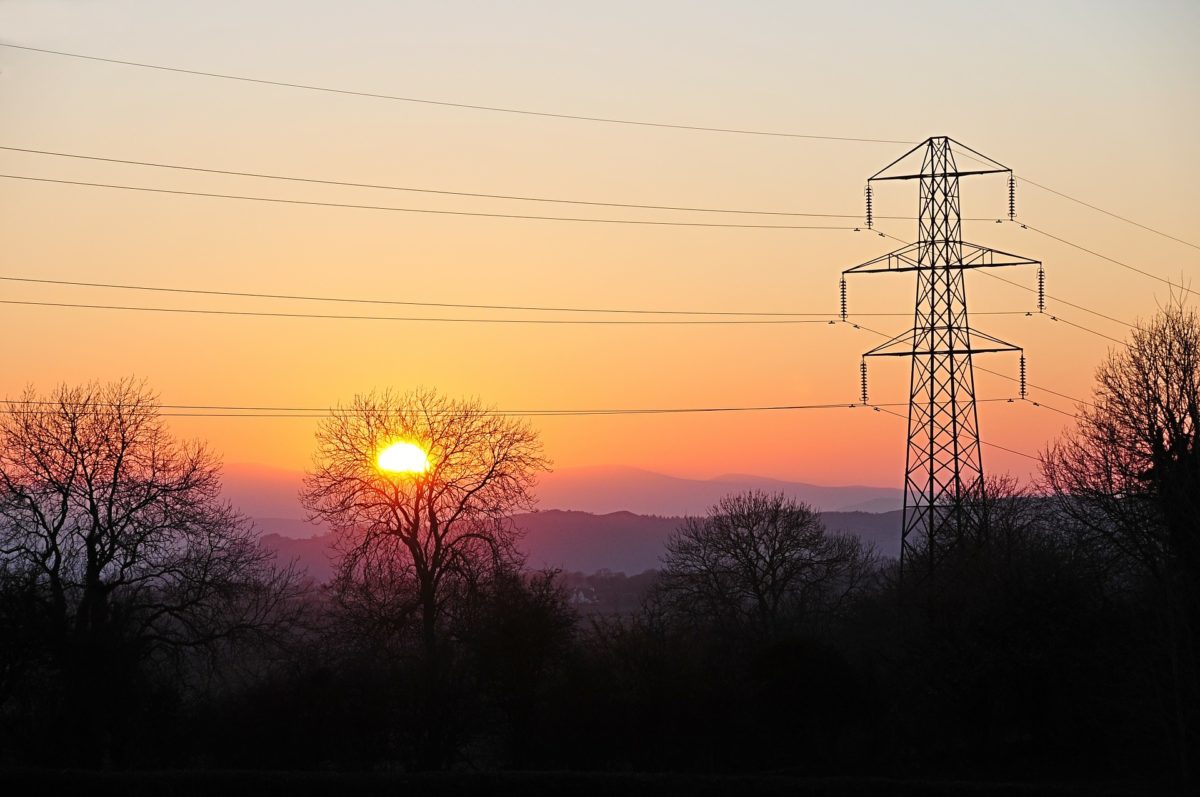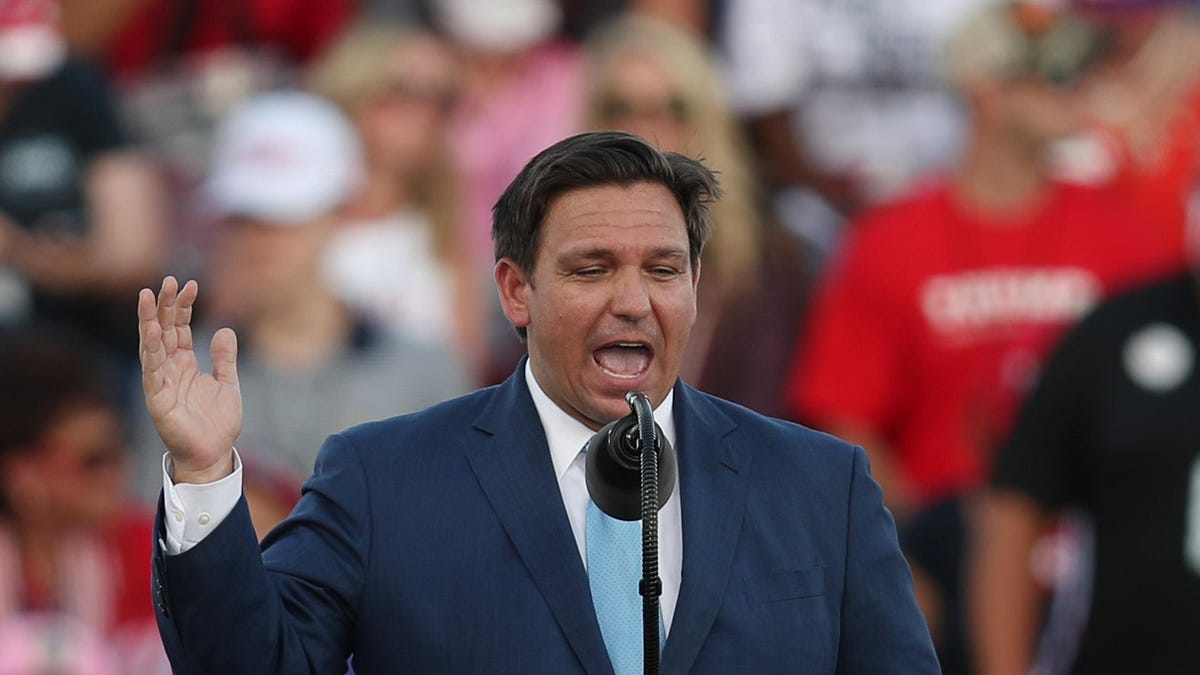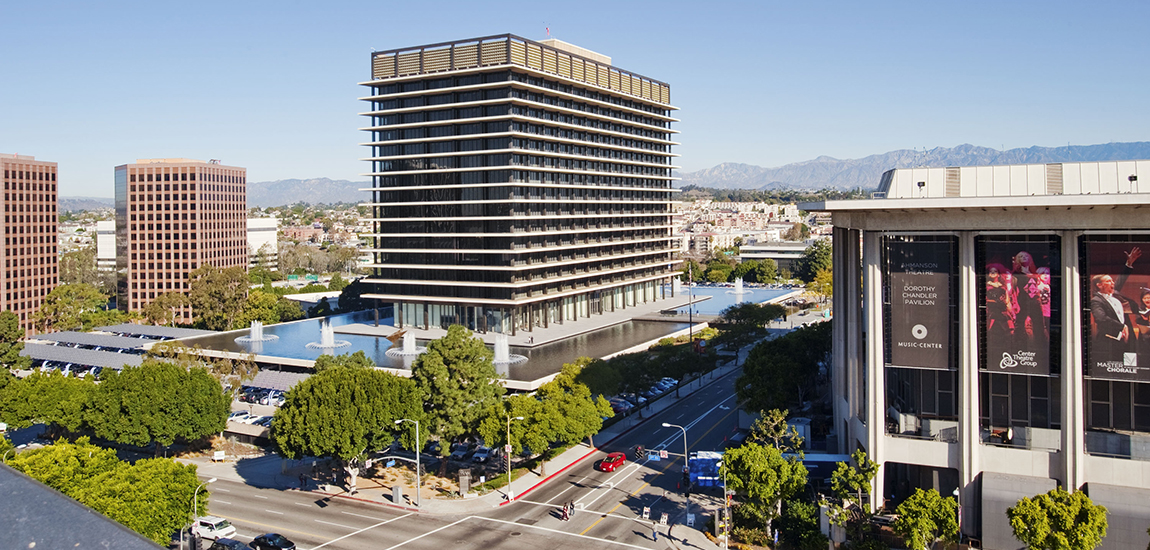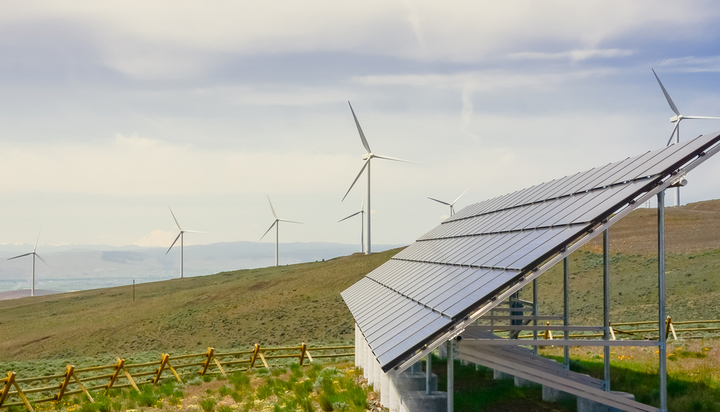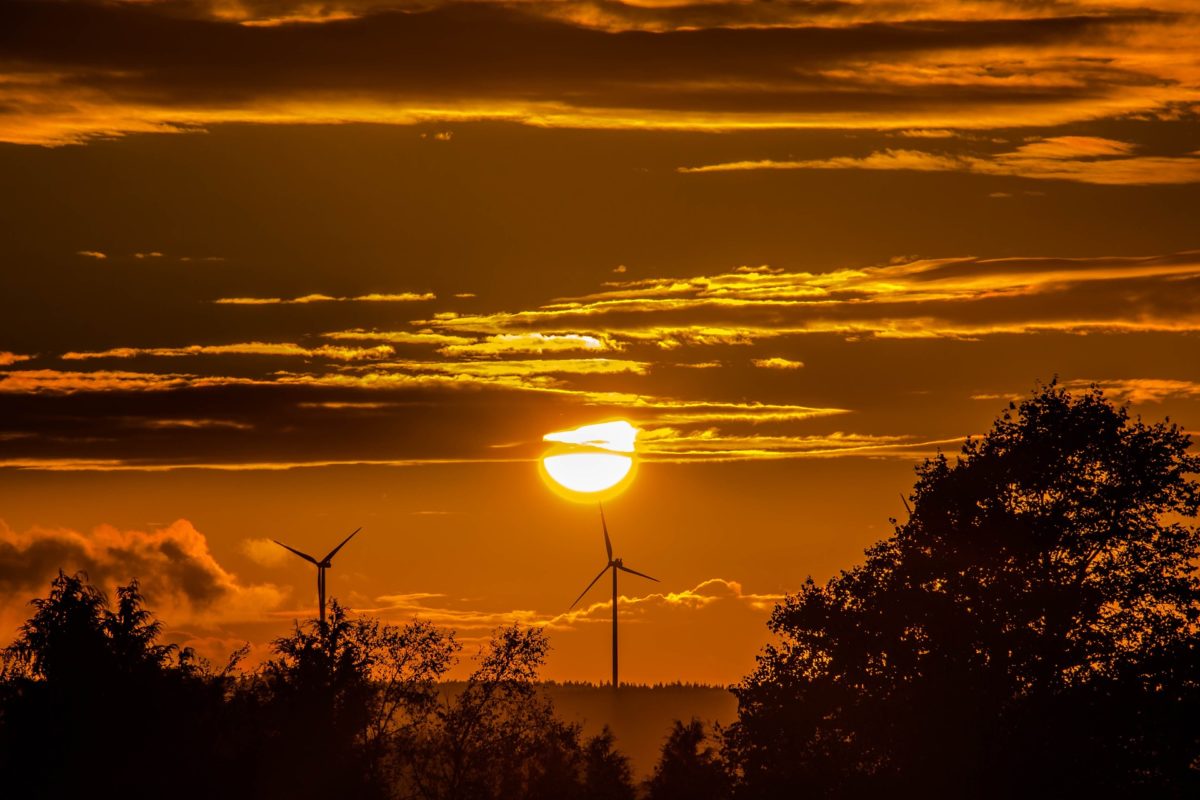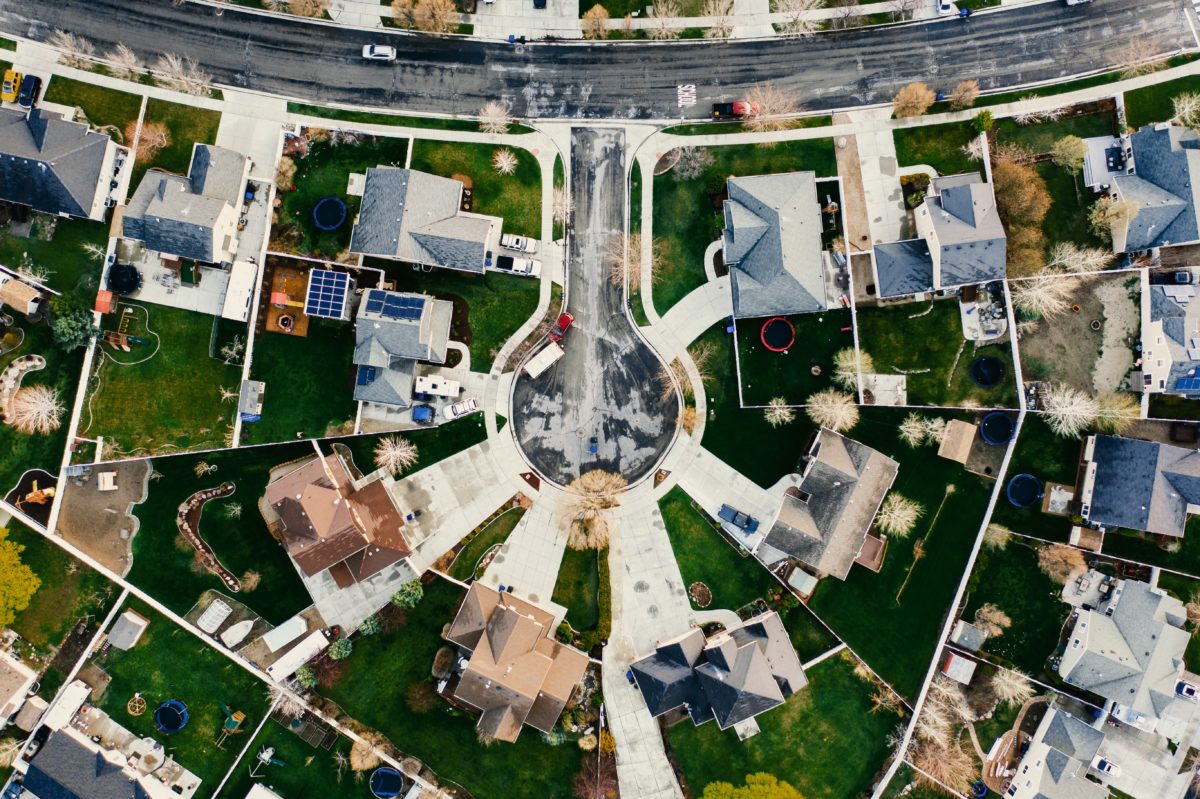My current 12 month debacle to install a ground mount array on poles is a good example of regulatory capture. Simple design submitted a year ago. Continuous delay by building, fire, and regional regulators for a myriad of non-structual, non-functional documentation. No changes to original design required although they did at one point try to get me to hire a local engineer to repeat the engineering calcs.It's kind of a form of regulatory capture. The benefactors of the current paradigm do not want to upset the equilibrium, (or at least they want to “muddle through” it on their own terms). Which is difficult since there are competing interests. So in regard to public interest without some mechanism to facilitate change this will be slow undeliberate process as the “powers that be” attempt manage the disruption, (manage the disruption being a bit of an oxymoron). Think of a Nash Equilibrium where all the participants do not include all the participants or include the environment.
Distributed and peer-to-peer electric energy upsets this paradigm. However, energy retailers, grid operators, power generators are locked in and cannot change unilaterally. Self-centered, mutual and public interest although not mutually exclusive are difficult to rebalance, especially in a closed captured system. This does not imply an open unmanaged system will provide favorable results. Especially if one considers time a significant coefficient in this unbalanced equation, the amount of inertia is already proving too difficult to overcome.
The current debate about privatization verses nationalism or quasi nationalism misses the point. There is so much we could be doing right now if the current profit motive include actual environmental cost. Think of a carbon tax as a reverse value added cost and a method of valuating renewable energy credits. Also, how a carbon tax could make the current equilibrium unprofitable and provide leverage for public and private investment in renewables. Given the time available it is best for public financing to address enabling and fundamental elements and use open competition to deliver services. However, we can never take the environment out of the equation.
That's why I won't deal with them again. I'll just DIY simple arrays such as laying the panels on the ground or the Power field buckets. I have two more arrays planned once the inspectors are gone.
Lots of obstruction built into the system.
NREL is attempting to address the problem with Solar app



